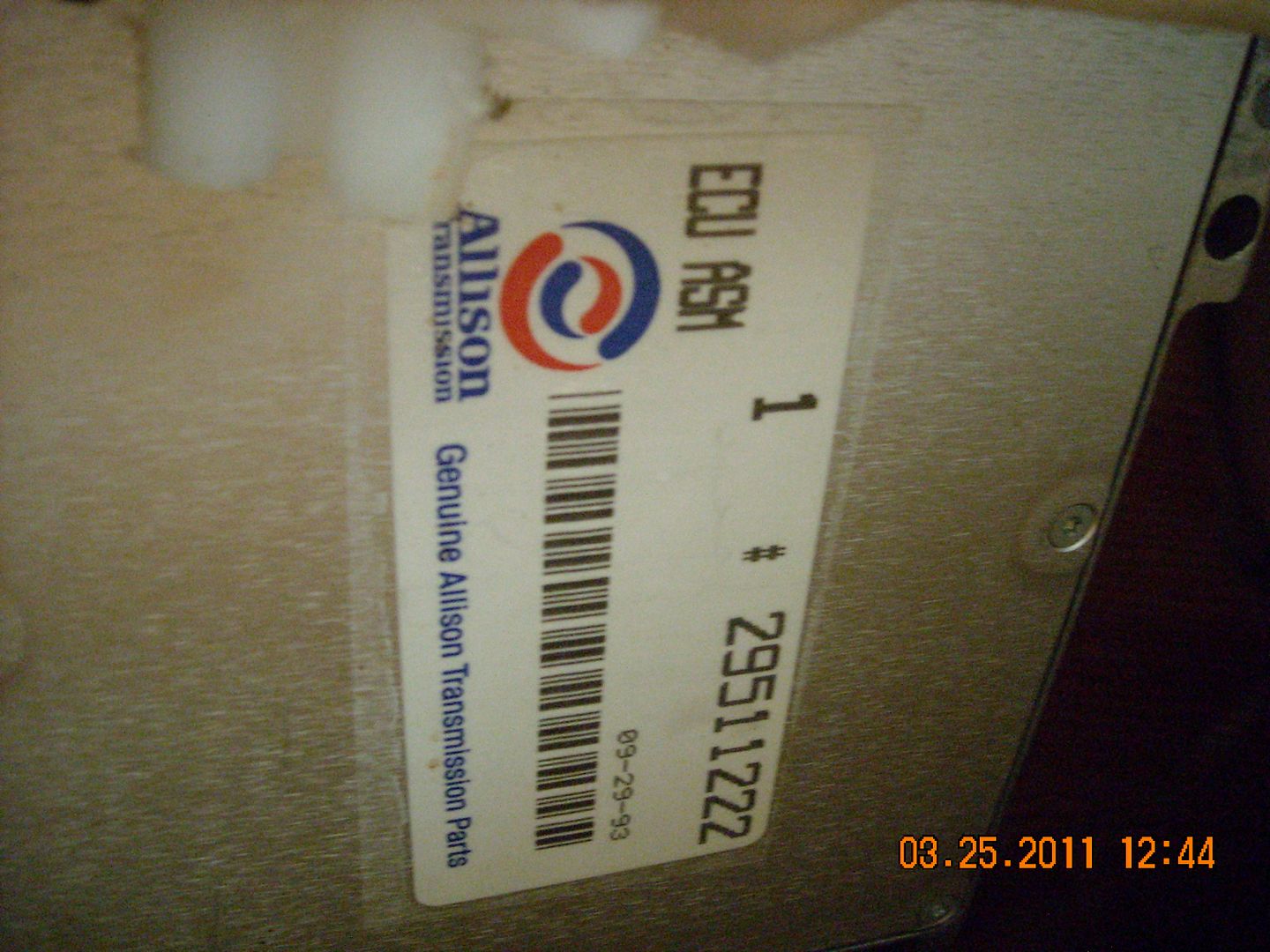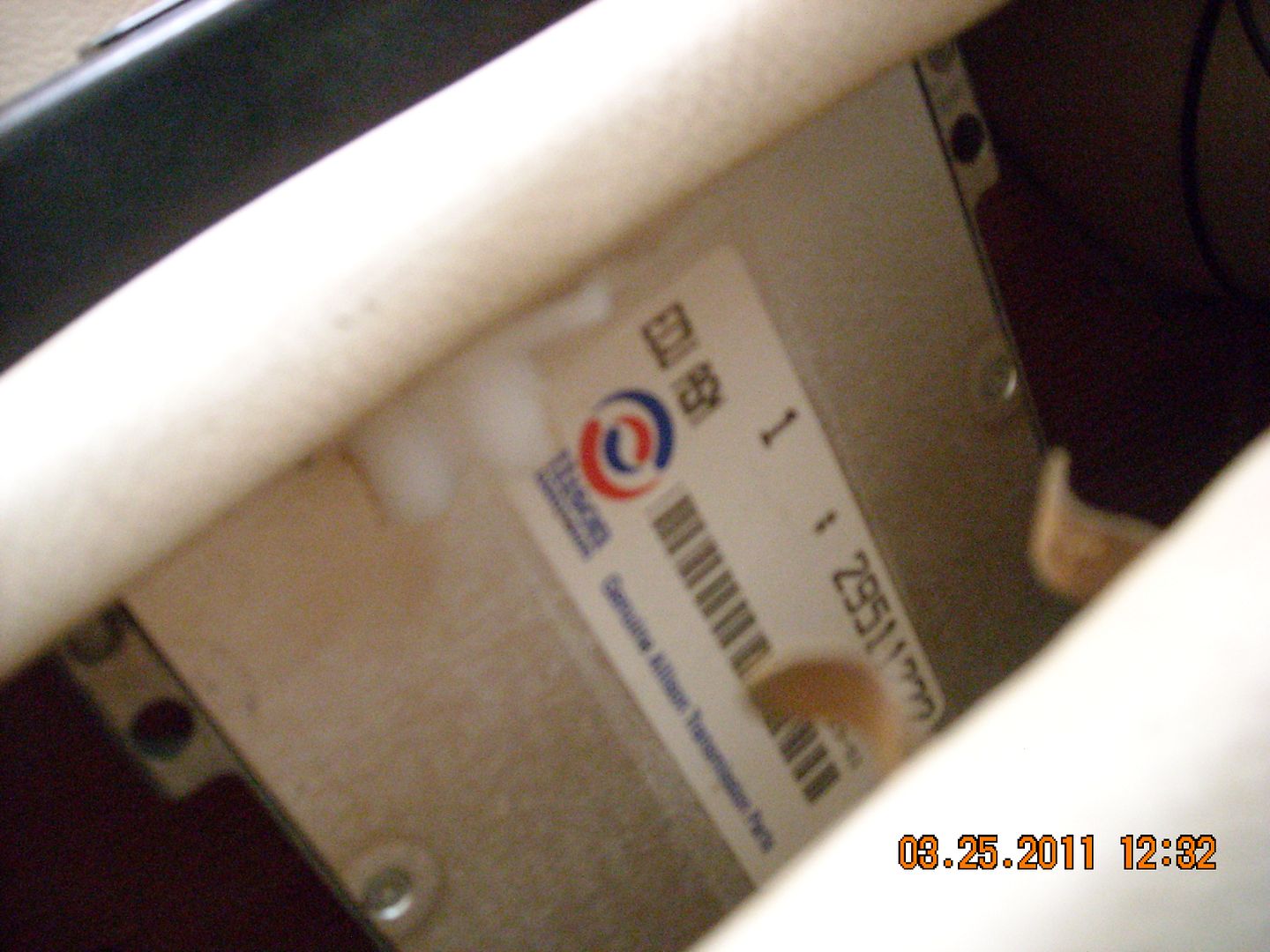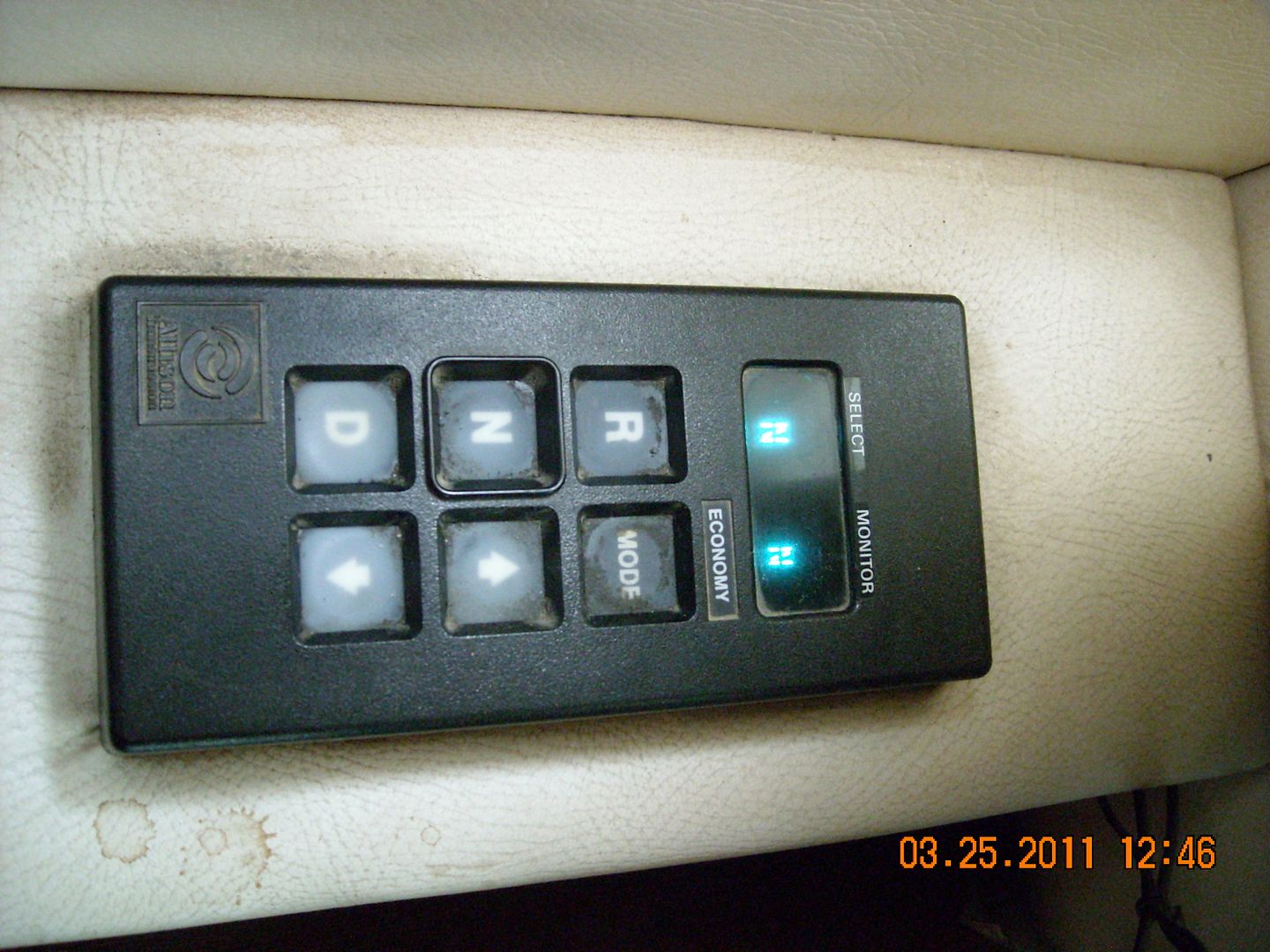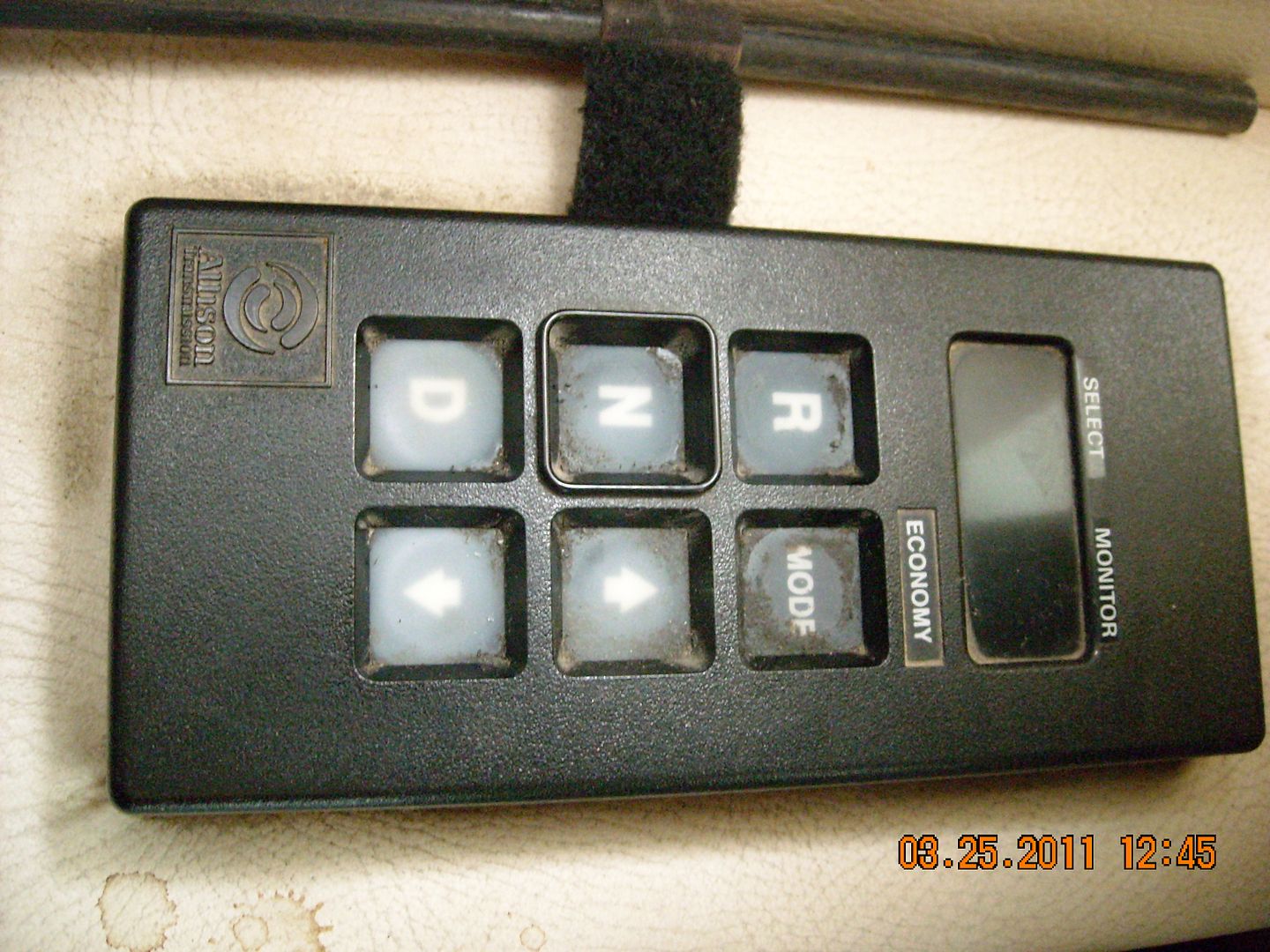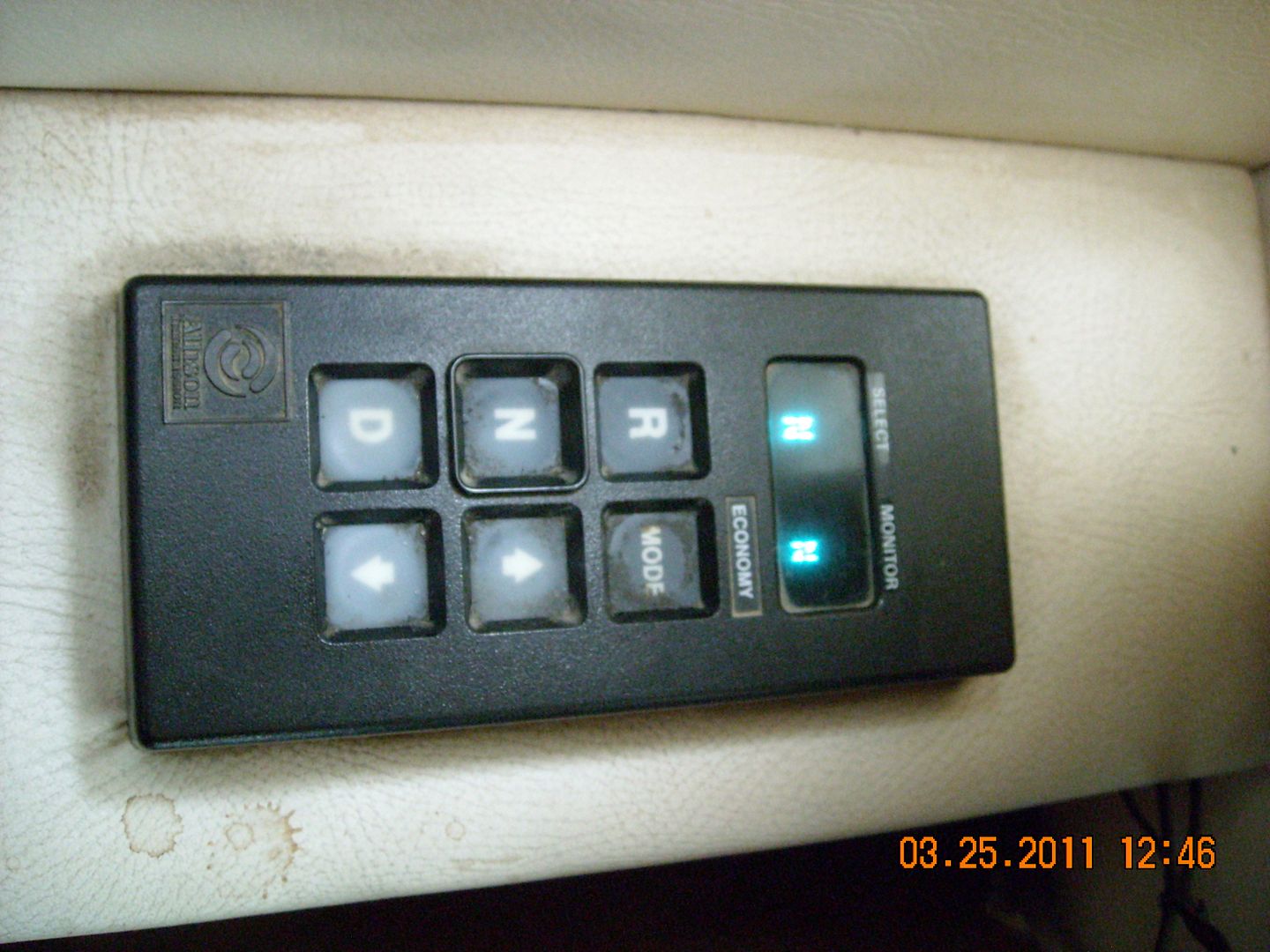04-20-2011, 09:49 AM
Moonbeam-Expressquote:
Also I doubt there are any Barths with ECUs (Engine Control Unit) as these did not start appearing until '97 or '98.
In this case ECU probably stands for Electronic Control Unit. I didn't find anything that explains what ASM means here, but I did uncover this nice list that may be worth printing out for you Barth Box.
Check Engine Light Acronyms A - D
AIR : Secondary Air Injection
APP: Accelerator Pedal Position
BARO: Barometric Pressure
BPP: Brake Pedal Position
BPS: Brake Pedal Switch
BTDC: Before Top Dead Center. The location of the piston before it has reached the top of its stroke. Measured in degrees of crankshaft rotation.
CAN: Controller Area Network
CCM: Comprehensive Component Monitor
CHT: Cylinder Head Temperature
CKP: Crankshaft Position
CMCV: Charge Motion Control Valve
CMP: Camshaft Position
COP: Coil On Plug. Ignition coil on plug assembly
CPP: Clutch Pedal Position
CPU: Central Processing Unit
CV: Canister Vent Solenoid. A solenoid which seals the evaporative emission (EVAP) system from the atmosphere during EVAP monitor test.
DLC: Data Link Connector. SAE standard J1962 connector providing access to vehicle diagnostic information.
DMM: Digital Multimeter
DTC: Diagnostic Trouble Code. An alpha/numeric identifier for a concern identified by the OBD system.
Check Engine Light Acronyms E - H
ECM: Electronic Control Module
ECT: Engine Coolant Temperature
EEC: Electronic Engine Control
EEGR: Electric Exhaust Gas Recirculation System
EEPROM: Electrically Erasable Programmable Read-Only Memory. An electronic component in the PCM that allows the electronic storage of information.
EGR: Exhaust Gas Recirculation. A process in which a small amount of exhaust gas is routed into the combustion chamber.
EI: Electronic Ignition. An electronic ignition system that has the ignition control module integrated into the PCM.
EMI: Electromagnetic Interference. Usually caused by ignition voltage spikes, solenoids, relay operation, or noisy generator contacts.
EOT: Engine Oil Temperature
ERFS: Electronic Returnless Fuel System
ESM: EGR System Module
ESOF: Electronic Shift-on-the-Fly
ETB: Electronic Throttle Body
ETBTPS: Electronic Throttle Body Throttle Position Sensor
ETC: Electronic Throttle Control
EVAPCP: Evaporative Canister Purge Valve. A valve which controls the venting of fuel vapor from the evaporative emissions canister into the intake manifold for combustion.
FCIL: Fuel Cap Indicator Lamp. Indicates that the fuel filler cap is not correctly installed.
FFV: Flexible Fuel Vehicle
FLI: Fuel Level Input. Provides information on the amount of liquid fuel in the fuel tank. Used by the EVAP monitor to calculate the fuel tank vapor volume.
FMEM: Failure Mode Effects Management. Operating strategy that maintains limited vehicle function in the event of a PCM or EEC component failure.
FPDM: Fuel Pump Driver Module. A module that controls the electric fuel pump.
FPM: Fuel Pump Monitor
FRP: Fuel Rail Pressure
FTP: Fuel Tank Pressure
HO2S: Heated Oxygen Sensor. Provides information on rich or lean exhaust conditions to the PCM.
Check Engine Light Acronyms I - L
IAC: Idle Air Control. Electrical control of throttle bypass air.
IAT: Intake Air Temperature
IDM: Ignition Diagnostic Monitor
IFS: Inertia Fuel Shut-Off
IMRC: Intake Manifold Runner Control. Controls or modifies airflow in the intake air system
IMRCM: Intake Manifold Runner Control Monitor. Monitors the IMRC circuits for concerns.
INJ: Injector
ISO: International Standards Organization
KAM: Keep Alive Memory. A portion of the memory within the PCM that must have power even when the vehicle is not operating.
KAPWR: Keep Alive Power. A dedicated and un-switched power circuit that maintains KAM.
KOEO Self-Test: Key On Engine Off Self-Test. A test of the EEC system conducted by the PCM with power applied and the engine at rest.
KOER Self-Test: Key On Engine Running Self-Test. A test of the EEC system conducted by the PCM with the engine running and the vehicle at rest.
KS: Knock Sensor
LONGFT: Long-Term Fuel Trim. Fuel flow adjustment determined by the PCM.
Check Engine Light Acronyms M - P
MAF: Mass Air Flow
MAP: Manifold Absolute Pressure. The internal pressure of the intake manifold.
MIL: Malfunction Indicator Lamp. An indicator lamp alerting the driver of an EEC related concern. Also referred to as the Check Engine Light.
MRFS: Mechanical Returnless Fuel System
OHC: Overhead Cam. An engine configuration that uses a single camshaft positioned above the valves.
OL: Open Loop. An operating condition based on instructions not modified by PCM feedback.
PCM: Power train Control Module. Formerly know as the electronic engine control (EEC) processor.
PCV: Positive Crankcase Ventilation. A system which allows the controlled flow of crankcase vapors into the combustion chamber.
PID: Parameter Identifier. Identifies an address in the PCM memory which contains operating information. Helpful with check engine light diagnosis.
PIP: Profile Ignition Pickup. Provides crankshaft position information for ignition synchronization.
PSP: Power Steering Pressure. Indicates the pressure in the power steering system.
PWM: Pulse Width Modulation. Controls the intensity of an output by varying the signal duty cycle.
PWR GND: Power Ground. The main ground circuit in the EEC system.
Check Engine Light Acronyms Q - T
RAM: Random Access Memory. Memory into which information can be written as well as read.
ROM: Read-Only Memory. Computer memory that can be accessed and used, but not altered.
RPM: Revolutions Per Minute
SAE: Society of Automotive Engineers
SFI: Sequential Multiport Fuel Injection. A multiport fuel delivery system in which each injector is individually energized and timed relative to its cylinder intake event.
SHRTFT: Short-Term Fuel Trim. Fuel flow adjustment in response to the Oxygen sensors input during closed-loop operation.
SIG RTN: Signal Return. A dedicated sensor ground circuit that is common to 2 or more sensors.
TCM: Transmission Control Module
TDC: Top Dead Center
TP: Throttle Position
TSB: Technical Service Bulletin. Notifies technicians of any known vehicle concerns, procedures or general repair information.
Check Engine Light Acronyms V - Z
VCT: Variable Camshaft Timing
VECI: Vehicle Emission Control information
VIN: Vehicle Identification Number. A unique identification number given to every vehicle produced. Includes information about the year, model, engine and plant origin of the vehicle.
VMV: Vapor Management Valve.
VPWR: Vehicle Power. A switched circuit that provides power to the EEC system. Compare to battery voltage (B+)
VREF: Reference Voltage. A dedicated circuit that provides an approximate 5.0 volt signal used as a reference by certain sensors.
VRIS: Variable Resonance Induction System
WOT: Wide Open Throttle. A condition of maximum airflow through the throttle body.
Transmission Related Check Engine Light Acronyms
A/T: Automatic Transmission
CCS: Coast Clutch Solenoid
EPC: Electronic Pressure Control
ISS: Intermediate/Input Shaft Speed Sensor
OCS: Overdrive Cancel Switch
OSS: Output Shaft Speed. Indicates the rotational speed of the transmission output shaft.
PNP: Park/Neutral Position switch
SSA/SSB/SSC/SSD/SSE: Shift solenoids. Devices in an automatic transmission that control the shifting by varying fluid flow when commanded by the PCM.
TCC/TCCH: Torque Converter Clutch. When energized, causes a mechanical engagement and disengagement of the torque converter clutch.
TCIL: Transmission Control Indicator Lamp. Indicates that the TCS has been activated.
TCS: Transmission Control Switch. Modifies the operation of electronically controlled transmissions.
TFT: Transmission Fluid Temperature. Indicates the temperature of transmission fluid.
TR: Transmission Range. The range in which the transmission is operating.
TSS: Turbine Shaft Speed. Indicates the rotational speed of the transmission turbine shaft.
VSS: Vehicle Speed Sensor. A magnetic pickup device that generates an AC signal that is proportional to the vehicle speed.



